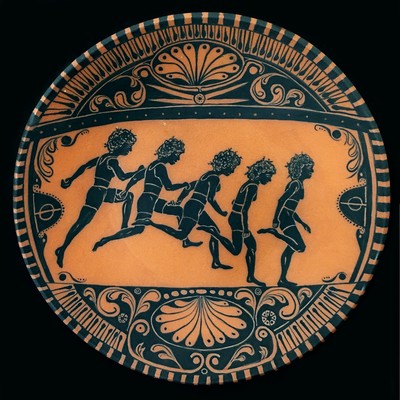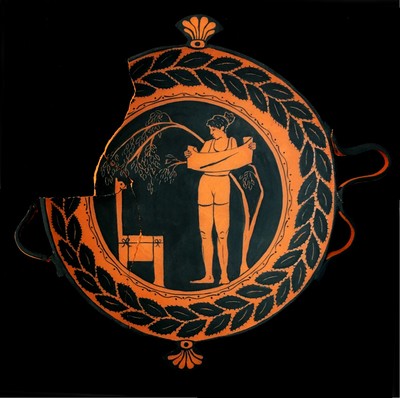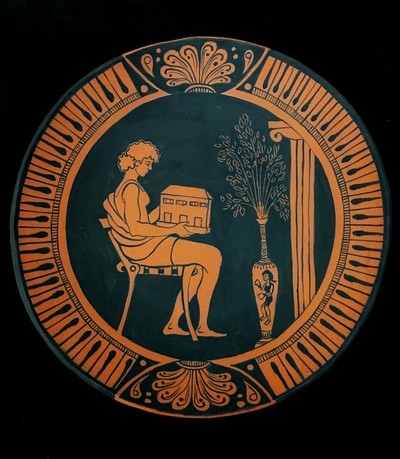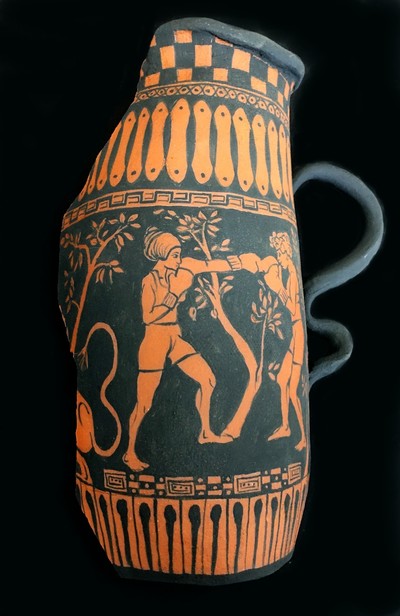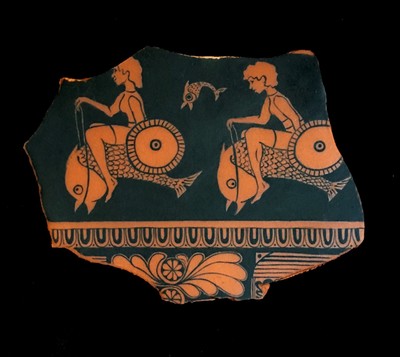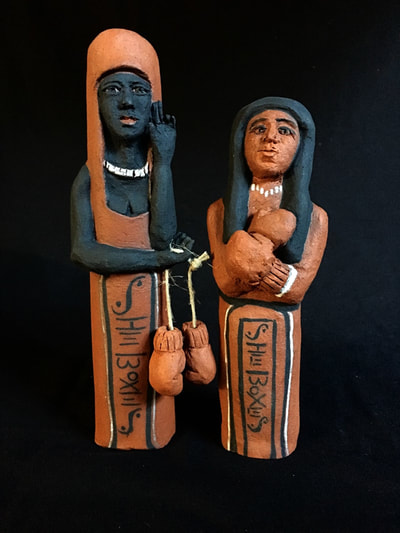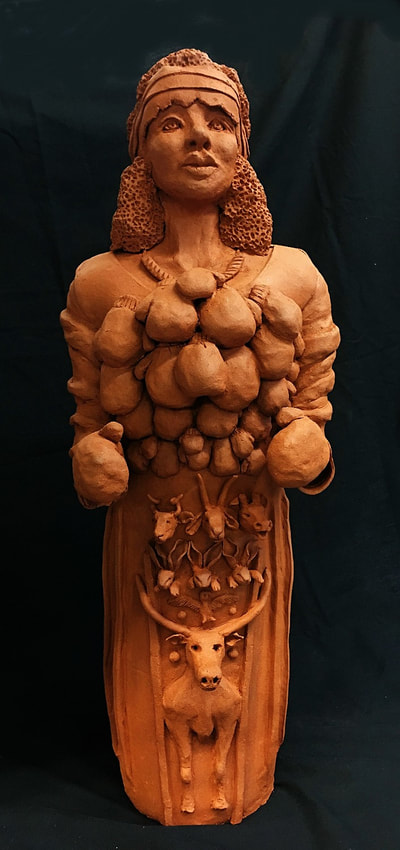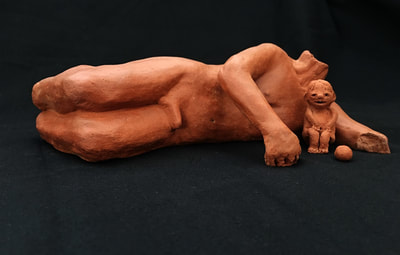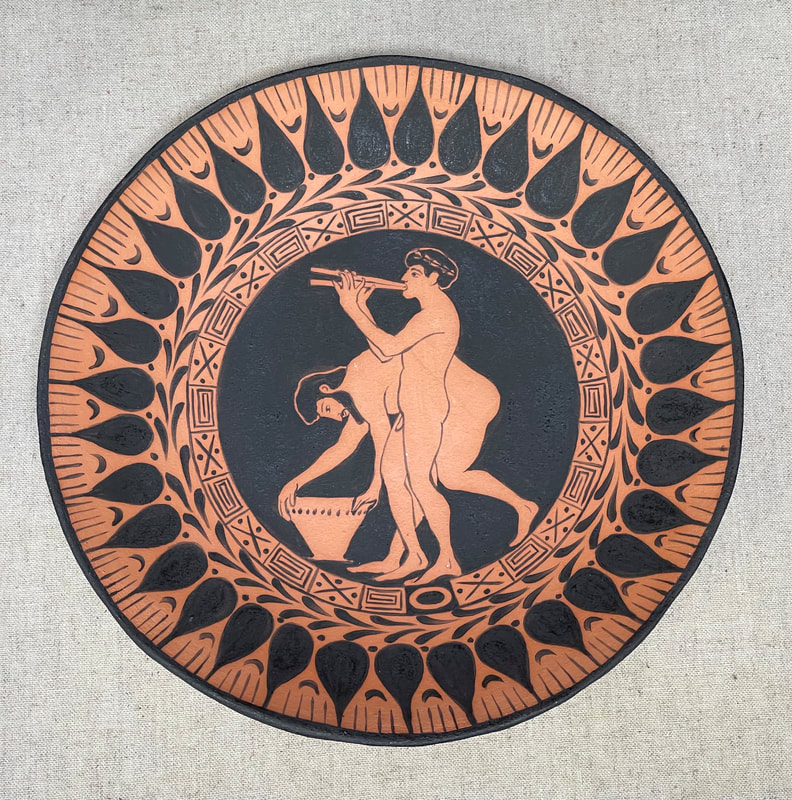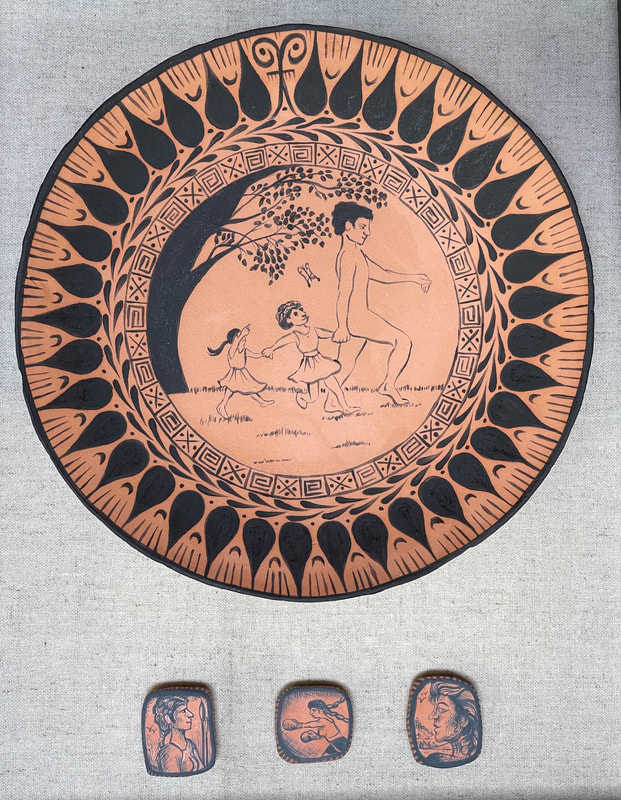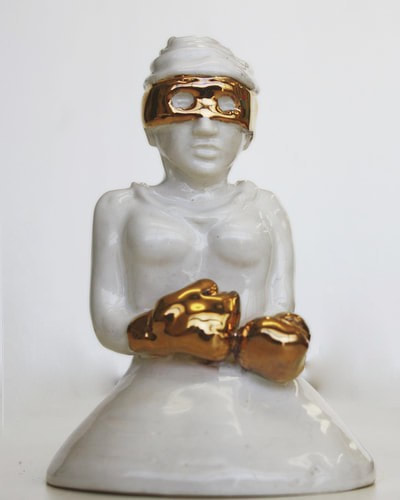M.Flandia:
|
In this post-truth era comes a discovery so big, so unbelievable, it’s got to be true.
ANCIENT SOCIETY DISCOVERED IN SOUTHERN CALIFORNIA Discovered 12 meters (40 feet) below the surface in the Santa Rosa Island region, this rare and unprecedented archeological cache of pottery and sculpture has flummoxed the archeological community. Some scientists debate the authenticity of this newly discovered society because of the apparent gender equality. But former native-California artist MF Dondelinger says sometimes it’s hard to get our minds around new concepts and images to understand their meanings. “What we need now is to be open to interpreting this unusual society. I think it requires a whole paradigm shift on how some early communities are interpreted.” This agrarian, village-based society is being called M.Flandia (Em-flan-dia) and questions arise not of its origin or time of existence but its societal structure. Many are familiar with the classic Greek urns featuring athletic male bodies prancing across the surface. In M.Flandia, similar decorative artistic styles are employed; however, the imagery suggests strong female participation in society. Women are shown in active postures running, jumping, throwing and boxing. One sculpture, found nearly intact, is called the “Goddess of Strength.” She stands almost 70 cm tall (24 inches). Instead of the traditional multiple breasts to symbolize a fertility goddess, she has boxing gloves ballooning off her chest. Below, animals of the Earth line her dress. It is possible she symbolizes the hunter or protector of the Earth; or perhaps the animals represent wealth, and this sculpture symbolizes her strength and power. Archeologists are not certain at this early point in their research. While these later finds at the site are dated to the Archaic M.Flandian period, the first sculptures found have been placed in the 1400s, due to the rich blue glaze and surprising Delft designs. This suggests that travelers from Asia and the Netherlands traded with and influenced the M.Flandians. The “Aquatic God of Fertility,” another artifact found at the site, is a good example of this influence. The complete sculpture could not be salvaged, but a very fine specimen of the head was recovered. Youth and beauty radiate on his gentle face. His striking blue corallike hair is swept up in a phalliclike shape, ready for action. Sculptures of swimming fish also were found near this important artifact and will be on display along with other excavated pieces at the South Pasadena Art Council Gallery. “It’s not clear that it was specifically a matriarchal or patriarchal society, but certainly both men and women’s roles in village life were considered important and, perhaps, equal,” states an anonymous source close to the discovery site, who is not authorized to speak about the site or specific discoveries. Fragments as well as whole, intact pieces are being unearthed daily at M.Flandia and are being organized and processed for continued research, public viewing and debate. Be one of the first to view this intriguing sampling of early-California history at South Pasadena Art Council Gallery. The exhibition, coordinated by Sam Mellon and Claudia Bohn-Spector, will open November 20, 2017, through January 5, 2018. A special opening reception will be held November 19th from 3 to 6 p.m. The gallery is located at 1121 Mission Street in South Pasadena and is open Tuesday through Friday, 10 a.m. to 5 p.m., or by appointment. Photos Top Left: MF Dondelinger at the M.Flandia Archeological Site. Middle Left: Carefully unearthing a shard Bottom Left: The shard cleaned and mounted for exhibit |



